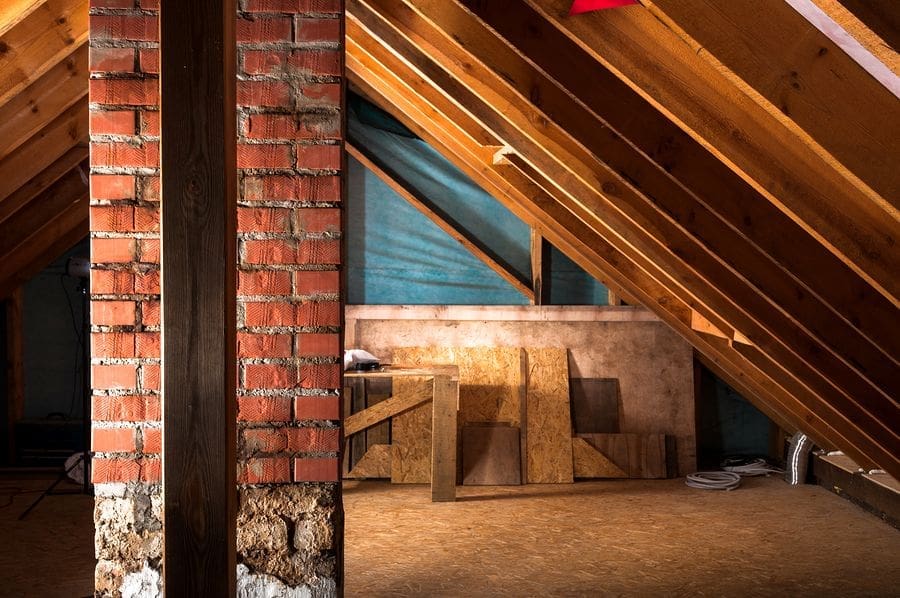
The great majority of your home’s energy expenses come from heating and cooling. And just like you lose most of your body heat through the top of your head, you can lose most of your home’s heating/cooling energy through your home’s attic. Insulating your attic reduces the amount of energy you need to keep your home at a comfortable temperature, so you can help reduce your energy costs by insulating your attic.
Insulating your attic with fiberglass
Fiberglass has been the popular choice for insulating homes for several decades. It consists of plastic filaments fortified with recycled glass spun into fibers. The glass slows the spread of heat, cold, sound and can reduce residential energy costs by up to 40 percent.
And because fiberglass is, well, glass, it is also moisture-resistant. It is not an environment that promotes fungus or mold growth.
Is fiberglass safe?
When properly installed, fiberglass is considered safe. And because it is made with glass it doesn’t burn or absorb water.
However, being glass, there are a few precautions you should take when being around it or handling it.
Safely handling fiberglass
When fiberglass insulation is moved or disturbed, it releases tiny particles into the air. If they get on bare skin they can lodge into pores and cause itching, rashes, or irritations. If they are inhaled, they can result in coughing, nosebleeds, and/or respiratory problems. So if you have to handle it in any way, be sure to wear gloves, long-sleeved shirts, pants, goggles, and a respirator-type mask.
R-Value of fiberglass
R-Value is a measure of insulation’s ability to resist to heat flow. A higher R-Value means a higher resistance. For example, an inch of wood has an R-Value of 1, whereas an inch of blown-in fiberglass insulation has an R-Value of up to 3.4.
Loose-fill fiberglass
Most people think of fiberglass in rolls of pink or yellow sheets. Fiberglass insulation also comes in bags as loose fill. A specially-designed electric blower is used to install fibers or pellets of insulation, and offers several advantages:
- Allows installers to blow loose insulation fibers with the correct depth and density for optimum coverage
- Provides a convenient delivery system for attics where there’s low headroom clearance
- Fills gaps and spaces on the unfinished floors that many attics have
- Coverage is especially useful in attics with irregular joist spacing, or spaces with a lot of obstructions to work around
- Increases the efficiency of existing insulation because it settles in and fills gaps easily
When properly installed, fiberglass provides an insulating layer that slows the passage of moisture, heat, and sound. Blowing in loose-fill fiberglass also seals air spaces to prevent air movement and heat loss. A trusted HVAC professional can explain different insulation materials and methods and help you decide which is best for you.
Post Categories
Why Choose Us?
- We're strategically located in Pearland, TX
- Expertise to service all of your HVAC equipment
- Our technicians are NATE-certified
- We are an ACCA member company
- BBB accredited south Texas HVAC business
- We stand behind all of our HVAC work

